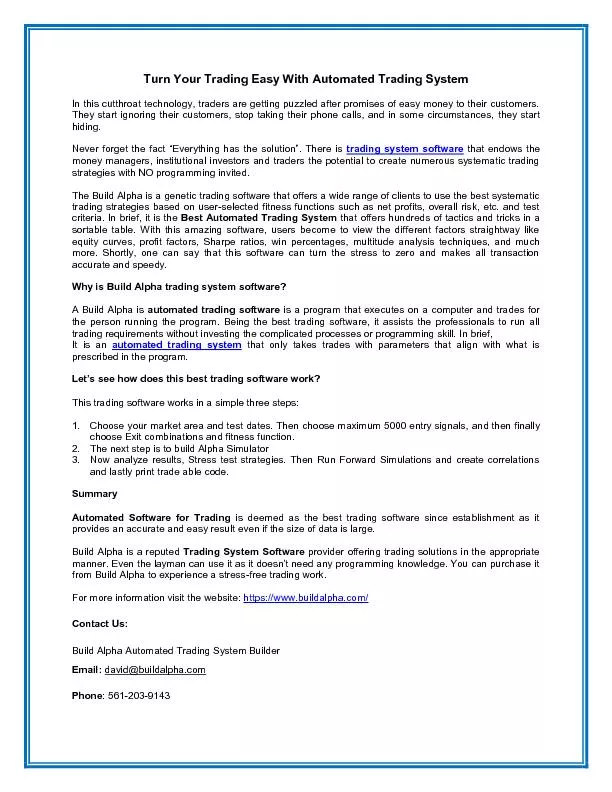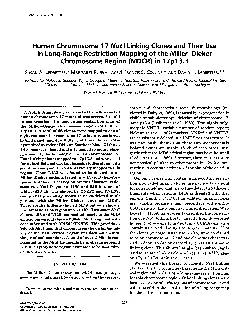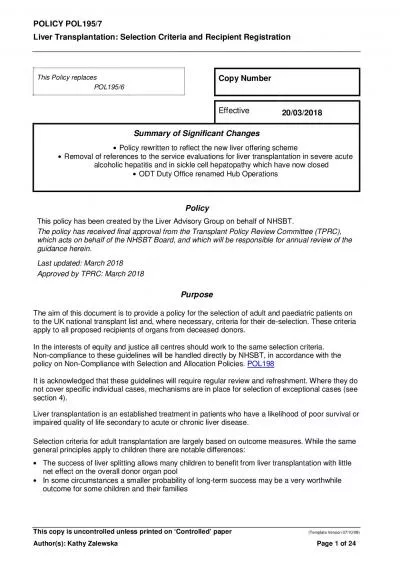PPT-Automated Transplantation and Differential Testing for Clones
Author : pasty-toler | Published Date : 2018-10-31
Tianyi Zhang Miryung Kim University of California Los Angeles 1 Problem Statement Code clones are common in modern software systems Developers often find it difficult
Presentation Embed Code
Download Presentation
Download Presentation The PPT/PDF document "Automated Transplantation and Differenti..." is the property of its rightful owner. Permission is granted to download and print the materials on this website for personal, non-commercial use only, and to display it on your personal computer provided you do not modify the materials and that you retain all copyright notices contained in the materials. By downloading content from our website, you accept the terms of this agreement.
Automated Transplantation and Differential Testing for Clones: Transcript
Download Rules Of Document
"Automated Transplantation and Differential Testing for Clones"The content belongs to its owner. You may download and print it for personal use, without modification, and keep all copyright notices. By downloading, you agree to these terms.
Related Documents














